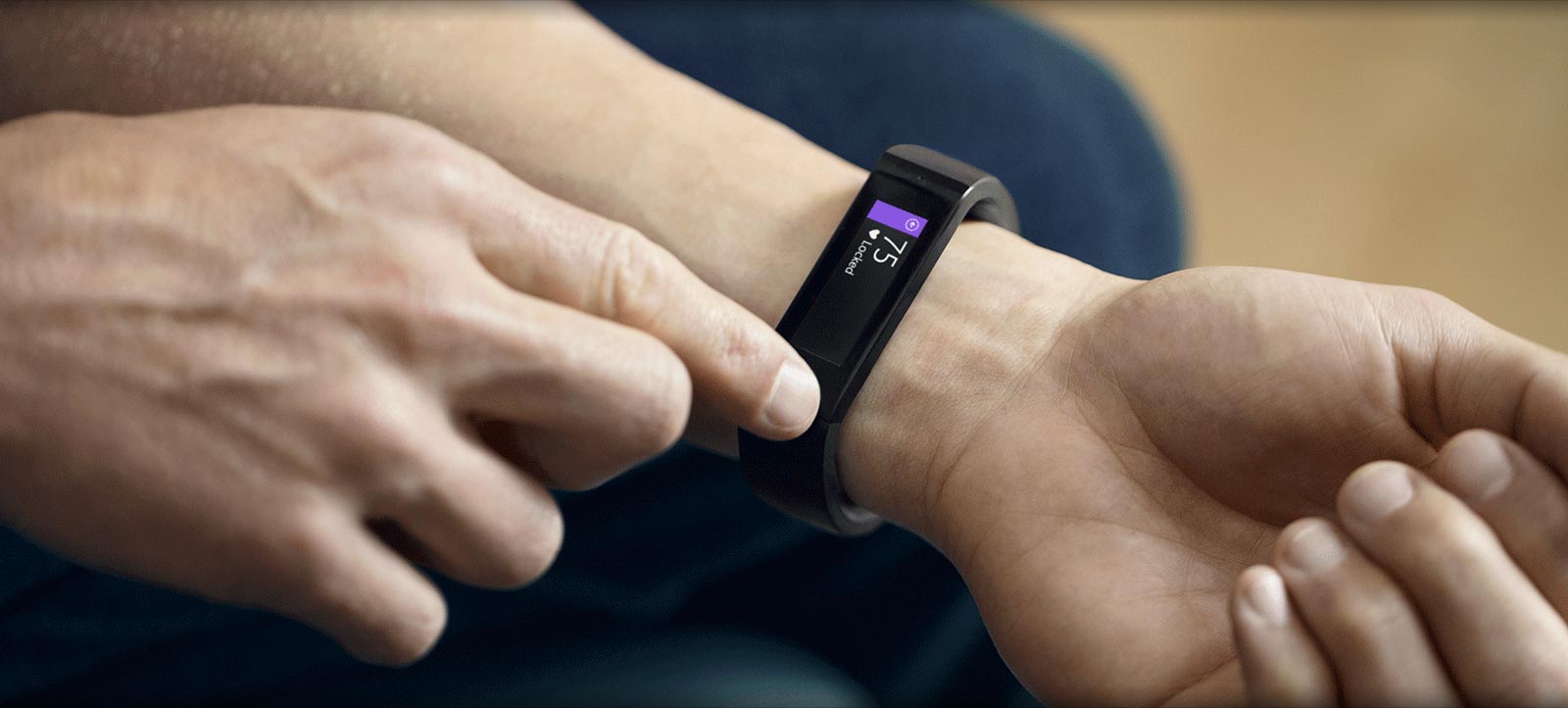
- 2 Min Read / Blog / 3.2.2020

In the days of Windows and Office, Microsoft was insurmountable. Its leaders rose through the ranks of international billionaires and its market cap soared to unprecedented heights. But as mobile erupted onto the scene and transformed users’ perceptions of personal computing, the Redmond giant needed to begin pivoting. As Microsoft has worked to find its footing on mobile with Windows Phone, and as they begin to embrace other business opportunities in the cloud and the enterprise, the company is piecing together a strategy that will see them through to the next cycle of consumer electronics. While Windows Vista fumbled and Windows 8 failed to connect with users, Microsoft believes it has found a winning recipe to win back the hearts of millions: diversify product offerings, tightly integrate product ecosystems, and support rivals’ platforms. These parallel strategies are evident in the Microsoft Band, the company’s new wearable product that best represents its future trajectory.
Diversification is simple at face value, but incredibly difficult for an established software corporation to execute. Whereas competitors like Apple have sold both software and hardware, Microsoft has long partnered with PC manufacturers by licensing Windows to run on their hardware. Now, Microsoft has begun taking matters into its own hands: with hardware products like the Microsoft Surface and Surface Pro, and with its acquisition and assimilation of smartphone manufacturer Nokia, Microsoft is beginning to establish itself as a venerable hardware company, too. Microsoft Band is the latest in the company’s hardware journey, and sports an unassuming black silhouette and wide rectangular display. The device matches Surface tablets and even the Xbox One with its mix of matte and glossy black material, and its interface design mirrors the Metro aesthetic adopted by Windows 8 and Windows Phone.
But the Band is nothing without its companion devices: the next step for Microsoft is tight integration. Microsoft Band communicates with Microsoft Health, a health and fitness aggregator on Windows 8 that parallels HealthKit in iOS 8 from Apple and Google Fit on Android. The Band tracks heart rate with an integrated sensor, helps monitor sleep habits, and leverages smartphone GPS location data to log runs and offer guided workout routines. Combined with straightforward notification management and Cortana virtual assistance capabilities, the Band fits snugly into Microsoft’s expanding product ecosystem of Nokia mobile hardware and Windows 8 PCs. But Windows Phone, for all its merits, isn’t winning the battle for market share: Android commands the mobile space with more than 1 billion users, and Apple maintains a foothold among a wide population of iOS users in the United States. If the Band is solely reliant on the Windows Phone software, how can it compete with Android Wear and Apple Watch?
The answer is that Microsoft is no longer beholden exclusively to its own operating systems. Microsoft has recently announced cross-compatibility for Office on Android and iOS—and even lowered the productivity apps’ price to free—in an effort to attract new users across competitive platforms. In a similar vein, the $199 Microsoft Band is compatible with both iOS and Android, communicating with a dedicated Microsoft app from each platform’s app marketplace. Microsoft recognizes that its safest bet isn’t to lock its products’ users into its proprietary ecosystem, a luxury that Android Wear and Apple Watch take full advantage of. Instead, the company embraces all comers and democratizes access to its new wearable, allowing users of any mobile platform to try out its fitness gadget in the run-up to new products from Apple and Android OEMs.
Microsoft remains one of the largest and most innovative technology players in the industry, and promising news of Windows 10 imply that the company’s best days are ahead of it. But having somewhat missed the boat on mobile has pushed Microsoft into a new and daring strategy, which is to embrace and support its competitors’ more penetrative platforms as springboard for its hardware initiatives. The Surface Pro is one of the finest constructed PCs on the market, and Microsoft Lumia products carry a storied legacy of rock-solid design and durable longevity. But while these products can wow users on their individual merits, Microsoft understands that their true value comes from tight ecosystem integration and compatibility with offerings from its two biggest rivals in California. The sun for “Wintel” may be setting, but the promise of a more open and connected Microsoft beckons on the horizon.